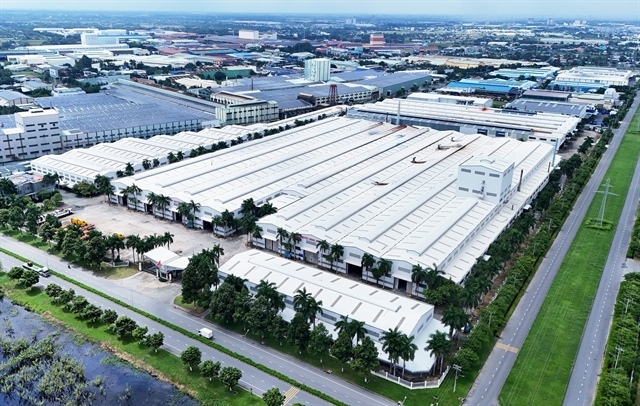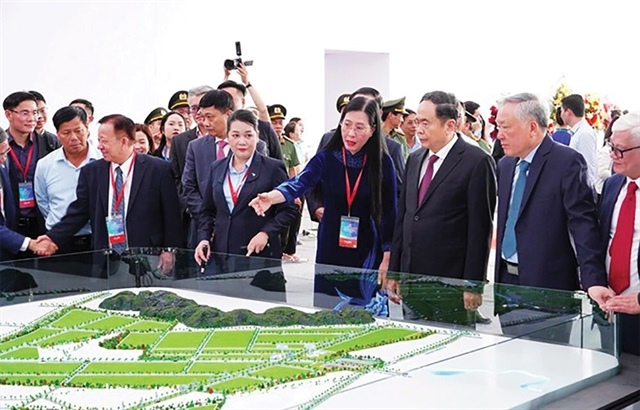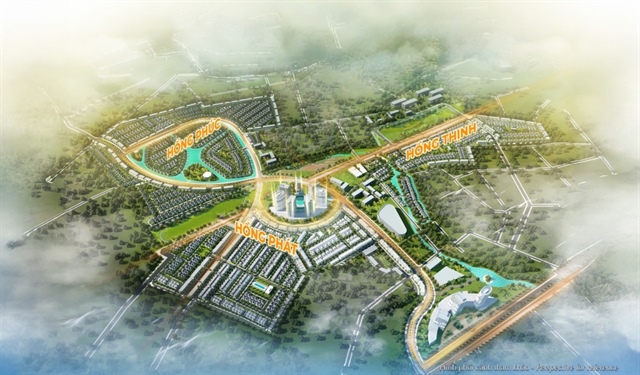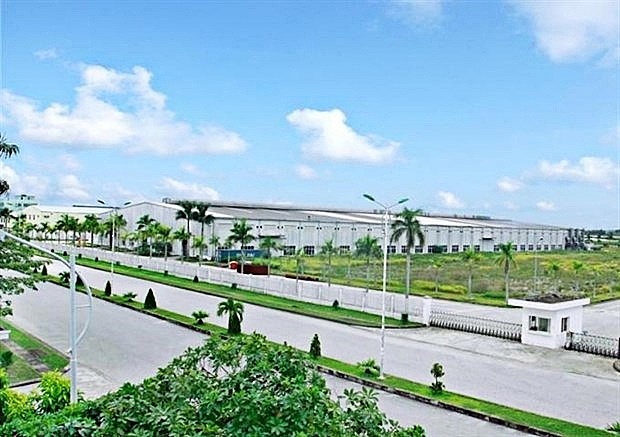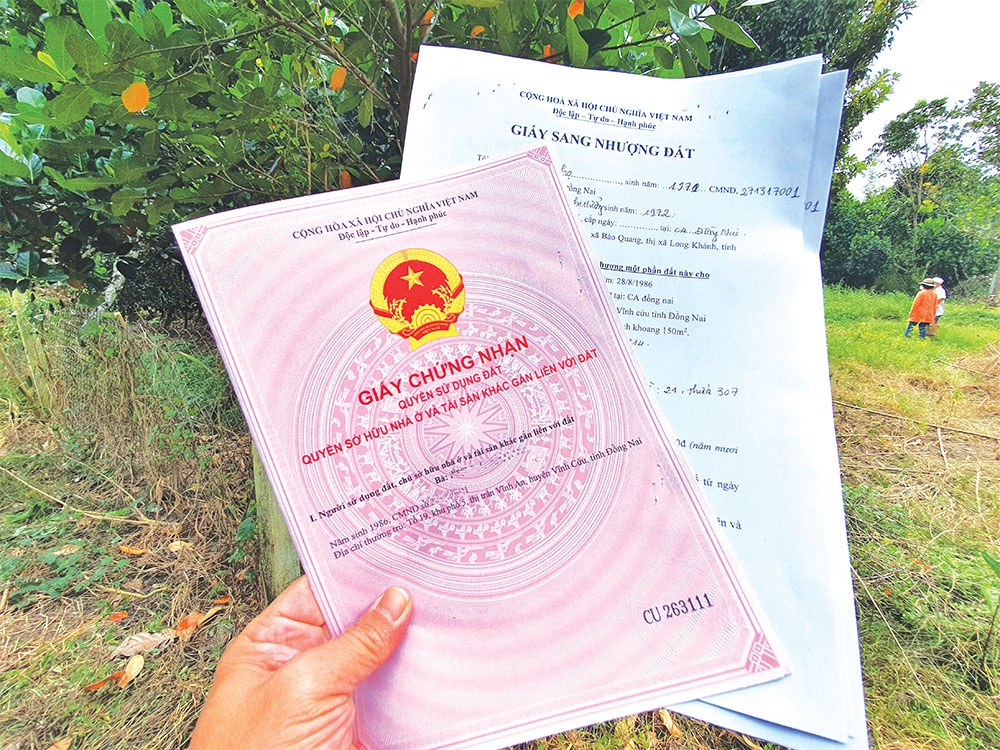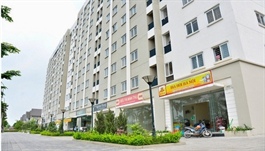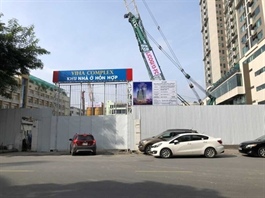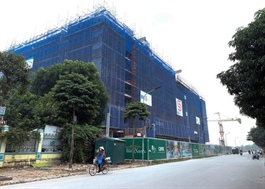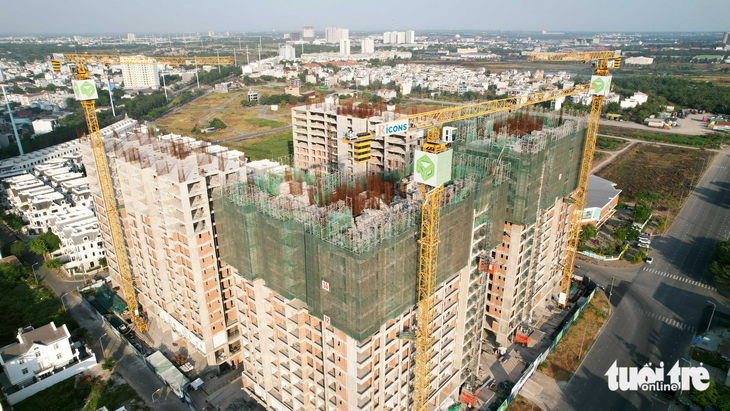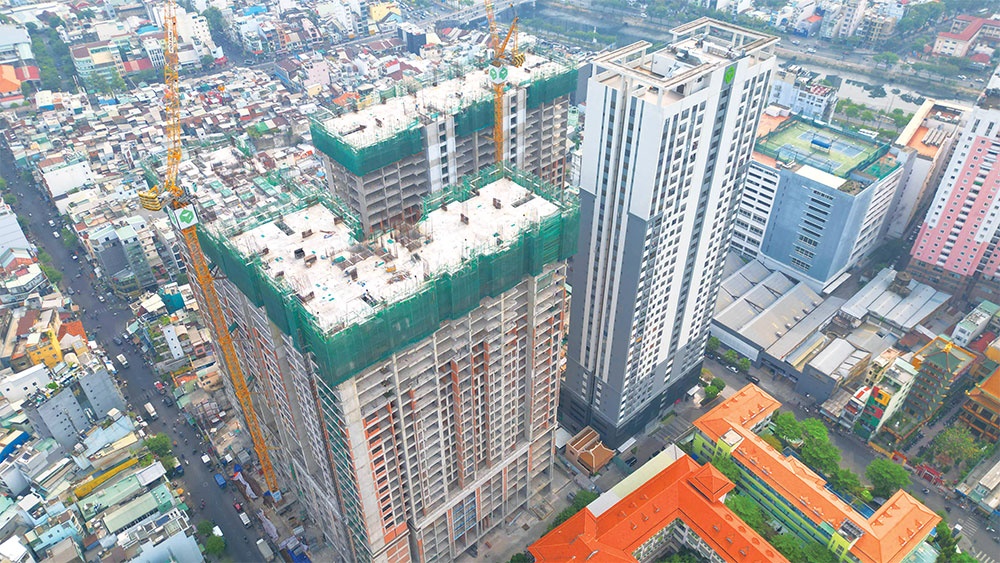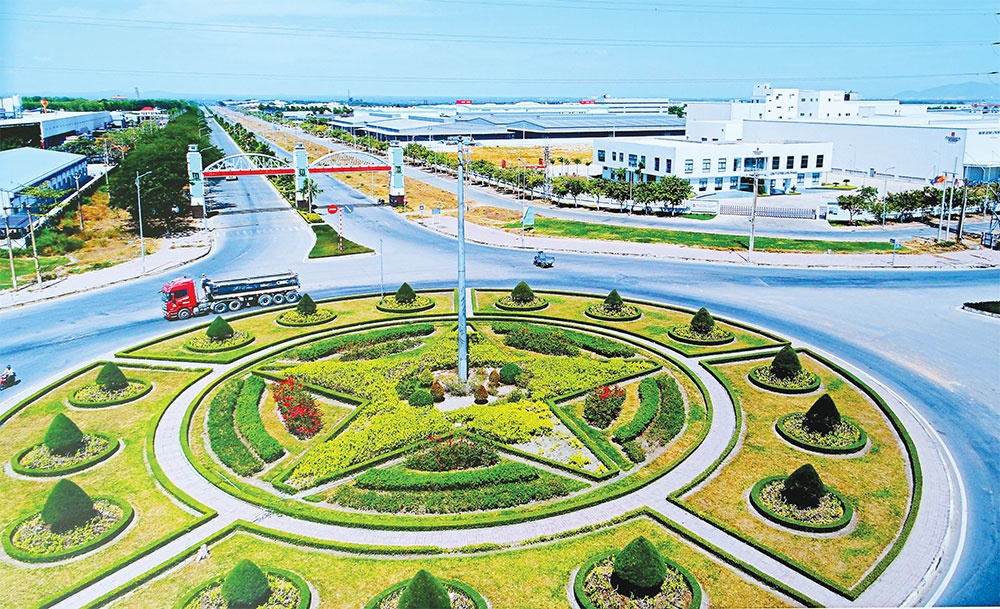Vietnam taking stock of industrial park capacities
Vietnam taking stock of industrial park capacities
Many localities want to expand high-tech industrial parks to resolve the overload of existing parks and simultaneously welcome new high-quality capital.
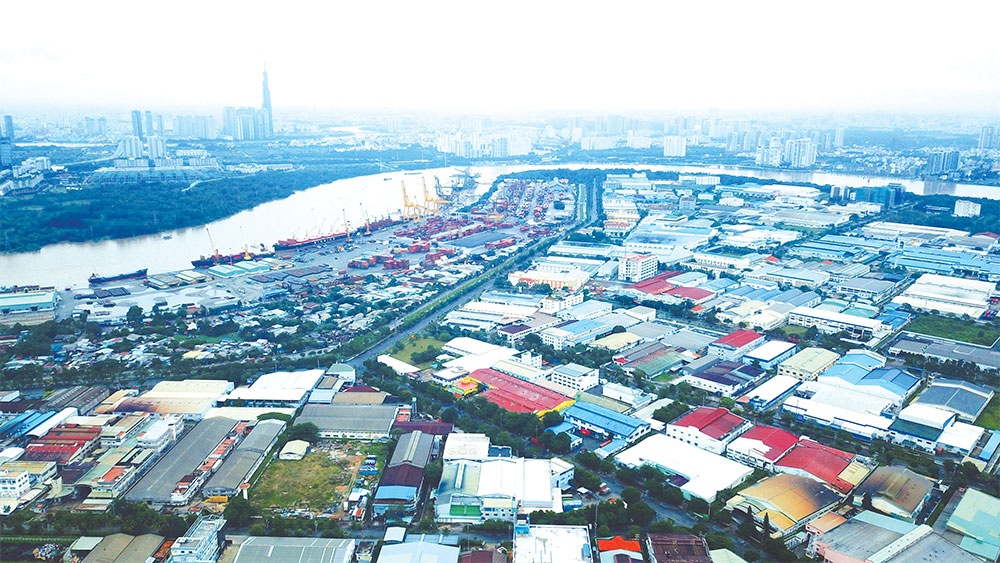
A May 2 dispatch from the government has requested localities to review and evaluate the occupancy rate of industrial parks (IPs), clusters, economic zones, and high-tech zones, as well as the rate of land use for production and business purposes.
The dispatch was also sent to various relevant ministries as well as people’s committees nationwide.
It was issued in the context that a number of localities have requested adjustment of land use planning targets to 2030 and proposed adjustment of land use plan targets to 2025, focusing on using land for IPs, traffic, energy projects, and high-tech zones, among others.
Bac Giang People’s Council decided to approve draft planning for three IPs – Chau Minh/Bac Ly/Huong Lam IP (CBH), Yen Lu IP expansion, and Quang Chau 2 IP. The three IPs cover nearly 550 hectares in Hiep Hoa, Yen Dung, and Viet Yen districts, which are planned as multi-sector parks with modern infrastructure and technical systems.
The CBH park will attract businesses in forestry, food processing, mechanics, electronic components, packaging, and auxiliary industries with modern and environmentally friendly technology. The expanded Yen Lu and Quang Chau 2 will be developed into multi-sector, high-tech parks.
Meanwhile, in late April, Ho Chi Minh City sought approval of two additional IPs in the city’s IP planning, Pham Van Hai I and Pham Van II, which are also expected to welcome high-tech ventures.
The city has waited for the approval of the two IPs for a long time. Hua Quoc Hung, head of Ho Chi Minh City Export Processing and Industrial Zones Management Authority, said, “The city has had no new IP in a long time, meanwhile the occupancy ratio of existing IPs is considerable.”
In the 2010-2015 period, Ho Chi Minh City was the leader in terms of land for IPs, Hung said. “However, available land has narrowed since. At present, the total area for rent in existing IPs is approximately 300ha only,” he added.
Le Thi Bich Loan, deputy head of the Saigon High-tech Park, said, “Many large investors from the EU, the United States, South Korea, and suppliers of Intel want to invest in our park but we can’t meet their demand. For example, Samsung had plans to hire 100ha but we have had to refuse due to lack of land.”
Bac Giang faces a similar situation. The northern province currently has four IPs at full occupancy. Two others are now completing infrastructure construction. It has also established clusters to beckon more investment.
Hong Sun, chairman of the Korea Chamber of Business in Vietnam, said, “We highly appreciate the government’s effort in improving the investment environment. The global economy currently shows signs of recovery and the government’s policies are promoting efficiency. Thus, we believe that the foreign-invested capital inflow in Vietnam will bounce back very soon.”
For example, LG Display and LG Innotek have plans to expand their operations in Vietnam. LG is increasing its research and development activity in terms of electronic vehicles via establishing a new centre in Danang, Sun added.



